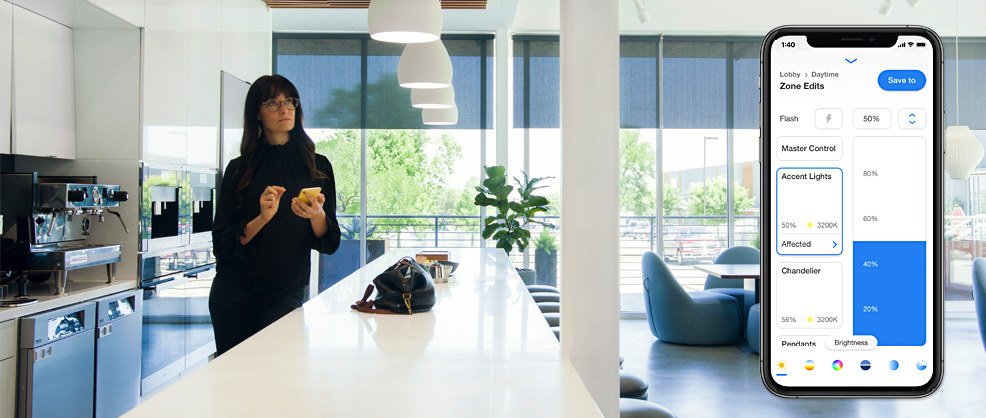A smart lighting system is a lighting control system based on smart technology that allows users to remotely or automatically control lights via devices such as smartphones, tablets, or voice assistants. This system not only controls the switching of lights but can also adjust brightness, color, and preset scenes. It is widely used in smart homes, commercial spaces, hotels, office buildings, and other environments.

Key features of a smart lighting system:
- Remote control: Lights can be switched on or off, brightness adjusted, or colors changed remotely via a mobile app or voice assistants like Amazon Alexa or Google Assistant. Users can manage their home’s lighting from anywhere.
- Automated scenes: Users can preset lighting scenes based on time, motion sensors, or specific scenarios (e.g., movie mode, dinner mode). The system will automatically switch the lighting effects. For example, lights can dim after 6 p.m., or turn on when someone passes by.
- Energy efficiency: Smart lighting systems can automatically adjust brightness based on ambient light and occupancy, effectively reducing energy waste. Additionally, LED smart lights are usually more energy-efficient and have a longer lifespan.
- Atmosphere adjustment: Users can adjust the color and brightness of the lights to match different atmosphere needs, such as creating a cozy environment with warm tones or improving work efficiency with cooler tones. Many smart lights support full-color adjustment, providing rich options for ambiance.
- Integrated control: Smart lighting systems can integrate with other smart home devices, such as smart curtains, thermostats, and security systems, to achieve whole-home automation. For example, when the home security system is set to “away mode,” the lights can automatically turn off or enter a mode that simulates someone being home.
- Voice control: Integrated with mainstream voice assistants, users can control lights through voice commands without manual operation. For example, users can say, “Alexa, brighten the living room lights,” to adjust the lighting.
Application scenarios of a smart lighting system:
- Home environment: Users can set different lighting effects in various rooms based on daily needs, such as night lights in the bedroom, movie lighting scenes in the living room, or task lighting in the kitchen.
- Commercial and office spaces: Smart control not only enhances work efficiency but also reduces energy consumption. For instance, lighting brightness can be adjusted according to office hours, or the conference room lighting can be automatically tailored to meeting needs.
- Hotels and public spaces: Smart lighting can adjust scenes based on guests’ needs, enhancing the guest experience while providing more energy-efficient management.
Advantages of smart lighting:
- Enhanced quality of life: With smart control and automation settings, users can easily manage their home lighting, improving comfort and convenience.
- Energy efficiency: Smart lighting reduces unnecessary energy consumption and further optimizes energy use with timer and sensor functions.
- Personalized experience: Rich lighting settings allow users to customize the lighting experience based on personal preferences and needs.
In summary, a smart lighting system not only offers convenient control but also significantly enhances user experience in terms of energy efficiency, comfort, and ambiance adjustment.
